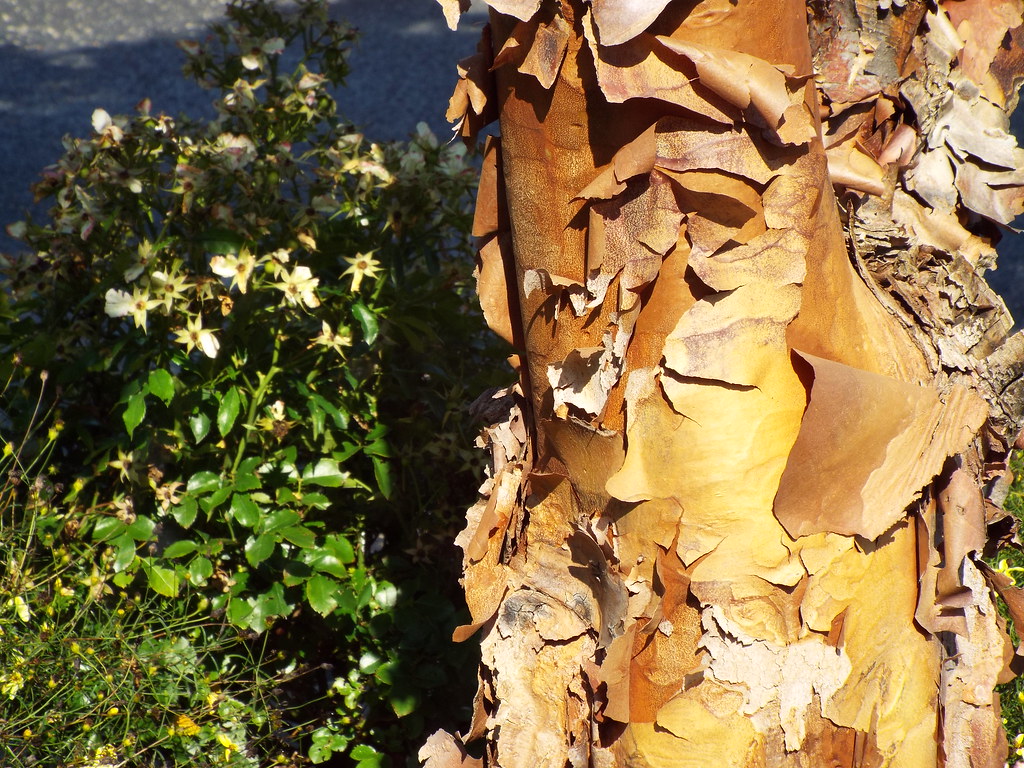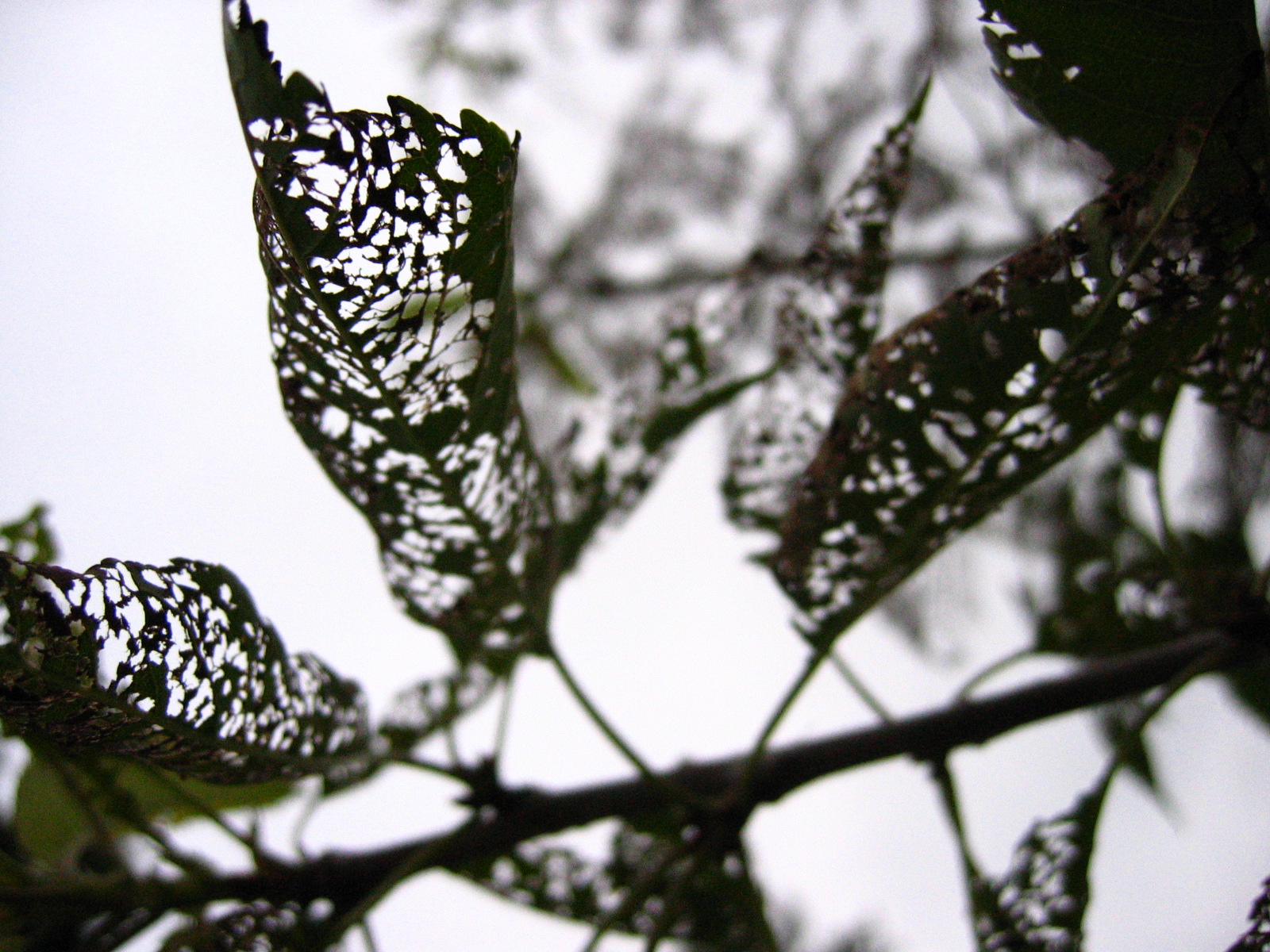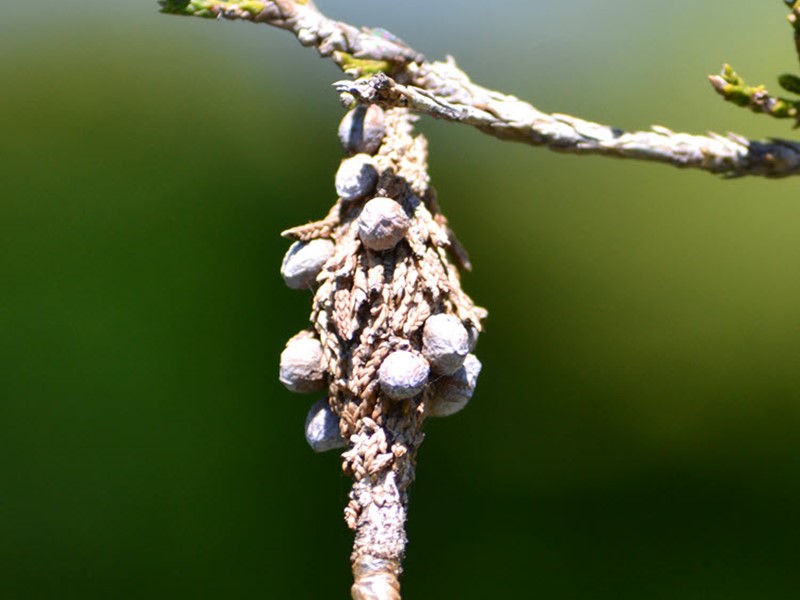Insect and Disease Management
Left Unchecked, Tree Diseases and Insects Can Become Major Health Care Concerns
Trees provide a multitude of benefits but they can also be prone to insect and disease problems. Some problems are minor but others can be a major problem or potentially cause the loss of a tree. Recognizing and managing these types of issues requires an experienced and knowledgeable arborist.
Currently, Dallas residents are bracing for the Emerald Ash Borer to present itself in Dallas County. Read one of several articles featured on our website about this invasive borer known to be in Tarrant, Denton and other surrounding counties.
Tree Insects and Diseases
Tree insect and disease problems exist when there is an ideal host (your tree), a problematic insect or disease is present (that likes your tree), and the right environment for the growth or expansion of the problem (not good news for your tree). Some insects and their damage may not cause major health concerns while other insects can cause the loss of a tree. The same is true with tree diseases or pathogens.
We believe in a basic tree health care philosophy that only treats problems which can potentially cause major health concerns or the loss of a tree. We also prescribe methods that manage a problem with minimal impact to our natural world, if at all possible. We only recommend what we feel is needed for a tree as none of our arborists have ever been on commission nor are they required to meet sales quota’s.
The Live Oak pictured on the right shows classic signs of Oak Wilt. To read a comprehensive four-part article on Oak Wilt, select the Oak Wilt Part One button below to begin the article series.


Tree Diseases
Some plant pathogens are of minor concern to a tree’s health most years, such as minor leaf spot fungus infections, minor blight infections, or Oak Leaf Blister. Pathogens can be slow killers such as Bacterial Leaf Scorch, while others can be quick and deadly pathogens, such as Oak Wilt, Dutch Elm Disease, or Cotton Root Rot. Our article section covers many of these subjects as an educated client is the key to healthy and long-lived trees.
Some diseases happen over time, especially in non-native plants and trees. For years, the Italian Cypress has been the exclamation mark in North Central Texas landscapes. Few trees or large shrubs provide such a columnar element of grey-green evergreen foliage. Landscape architects and gardeners alike have selected and planted Italian Cypress to accent building architecture and to add drama to pools and backyard terraces. What plant selection could be better for providing landscape screening when height is a necessity and width must be restrained?
Recently, Italian Cypress, Cupressus sempervirens, has found our urban environment less hospitable than its native Mediterranean origins. Learn more about the disease and insect challenges that come with growing Italian Cypress in North Central Texas.
Tree Insects
Some tree insects may only have one generation in a year or their populations do not grow to large numbers and only cause minor damage, such as a Spring Canker Worm, Tree Hoppers, Leaf Minors, or Lacebugs. In other cases, insects can have multiple generations or grow to numbers that can threaten the health of a tree or cause its loss such as the Emerald Ash Borer, Pine Bark Beetles, or Flat Headed Apple Tree Borer. Experienced consulting arborists know when to manage a problem and when to leave it alone and let nature take its course.
Deciding how to manage tree insects can be somewhat of a challenge. For example, bagworms can be plucked from the host tree as the first line of defense. However, this approach is only practical when the tree is small and the bagworms can be reached. To learn about the do’s and don’ts of dealing with bagworms, select the corresponding button below.
The Emerald Ash Borer, previously found in Tarrant County in 2018, is confirmed to have been found in Denton and Bowie Counties in 2020. This destructive, invasive, wood boring pest of all native species of Ash trees is a significant threat to Ash trees everywhere. They kill their host tree typically within two-to five years of infestation.
If you suspect your Ash tree has Emerald Ash Borers, it is important to have a certified arborist inspect your tree. Learn more in Dr. Mike Merchant’s article in our article collection.
If your tree has pests and you want to leave the task of managing them to the professionals, contact your Aspen Tree Service certified arborist. He or she will design an insect management plan to fit your specific needs.

CUSTOMER Testimonials
“If you think it’s expensive to hire a professional to do the job, wait until you hire an amateur.”
RED ADAIR
